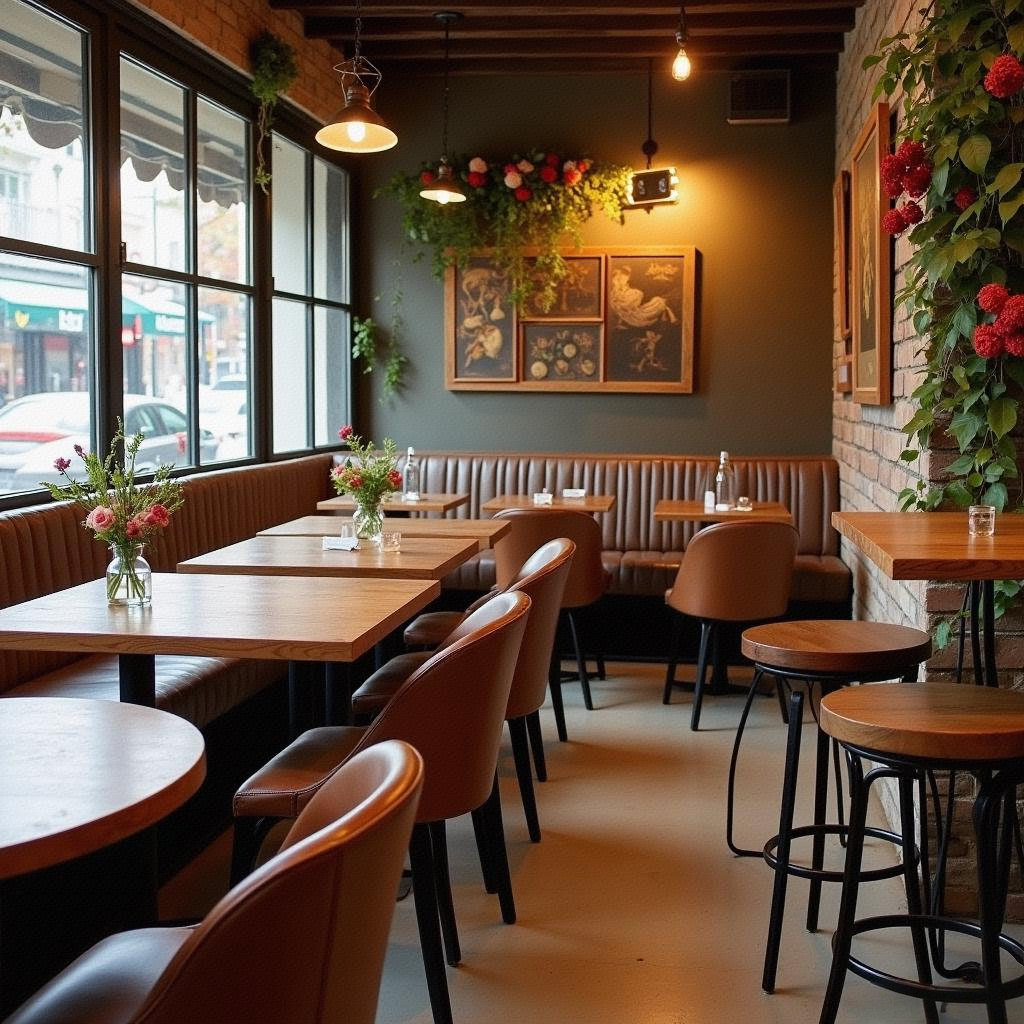La mueblez de panel se refiere a muebles modulares desmontables con paneles de madera como su sustrato principal y panel como su estructura básica. Los paneles artificiales comunes incluyen tablero, ladrillo, tablero de partículas y MDF (madera de enredadera). El tablero (plywood) a menudo se utiliza para hacer muebles que requieren flexión y deformación; el rendimiento del ladrillo a veces se ve afectado por el material de core; el tablero de partículas (también conocido como tablero de celuloide, tablero de caña) es suelto y solo se utiliza para muebles de baja calidad. El más económico y comúnmente utilizado es el tablero de fibra de mediana densidad (MDF). Los materiales de acabado comunes para la mueblez de panel incluyen madera delgada (comúnmente conocida como tabique), papel de grano de madera (comúnmente conocido como pegajoso), láminas de caucho PVC y superficies de pintura de poliéster (comúnmente conocidas como pintura de cocción). Los paneles artificiales comunes incluyen tableros fragantes, tablero, ladrillo, tablero de partículas y MDF.

1. 面板家具的优点充分利用木材的拆装,生产周期短,形状稳定,不易变形。
2. Los inconvenientes de los muebles de paneles
(1) No amigable con el medio ambiente Para obtener más beneficios, algunos comerciantes producen materiales de baja calidad como el contrachapado, y si las láminas no están todas cubiertas en la mobiliario, es fácil que liberen formaldehído que es perjudicial para el cuerpo humano, lo cual no es suficiente en términos de protección ambiental.
(2) no natural La diferencia más grande entre el material utilizado para muebles de panel y el material de muebles de madera maciza radica en la naturalidad del material. La mayoría de los muebles de panel actuales son diseños de encolado, que tienen patrones repetidos y carecen de la sensación natural de los materiales naturales.
3. Limpieza y mantenimiento de muebles de paneles
a. Coloca con suavidad. La superficie del suelo de los muebles de paneles debe mantenerse plana y las cuatro patas equilibradas. Si el mueble se coloca en un estado de balanceo frecuente y instable después de ser colocado, la azada o el fastener se caerán y la parte de adherencia se romperá, lo que afectará el efecto de uso y reducirá la vida útil del mueble. Además, si el suelo es suave y el mueble es desequilibrado, no utilice tablas de madera o láminas de hierro para ablandar las patas del mueble. Incluso si está equilibrado, será difícil distribuir uniformemente la fuerza. Si durará mucho tiempo, dañará la estructura interna del mueble. La única forma de compensar es cortar el suelo o usarlo ligeramente. Una gran área de placa de caucho dura está colocada en el lado sur para permitir que las patas del mueble se mantengan suavemente en lugar.
b. Elimina el polvo Es mejor usar una tela de algodón de punto para eliminar el polvo del mueble y luego usar un cepillo de lana suave para eliminar el polvo de los patrones en relieve o embotado. El mueble pintado no debe ser limpiado con gasolina o solventes orgánicos. Se puede limpiar con un esmalte de mueble incoloro para aumentar la brillo y reducir el polvo.
c. 避免阳光直射家具最好不在家具的正上方位置接受阳光照射,经常暴露在阳光下会使家具漆膜褪色、金属部分氧化变质、木材干裂。夏天最好用窗帘遮挡阳光保护家具。
d. Humedad interior Solo mantenga la humedad interior y no deje que el mueble se moje. En primavera y otoño, se debe usar la humidificadora para limitar el tiempo y evitar que el mueble se dañe debido a una humedad excesiva, como la pudrición del madera, la oxidación de las partes metálicas y la facilidad con la que se abren las partes adhesivas.
通常,家具清洗的次数越少越好,避免使用碱性水。只用清水和湿布擦拭,再用干布擦干净即可。

